
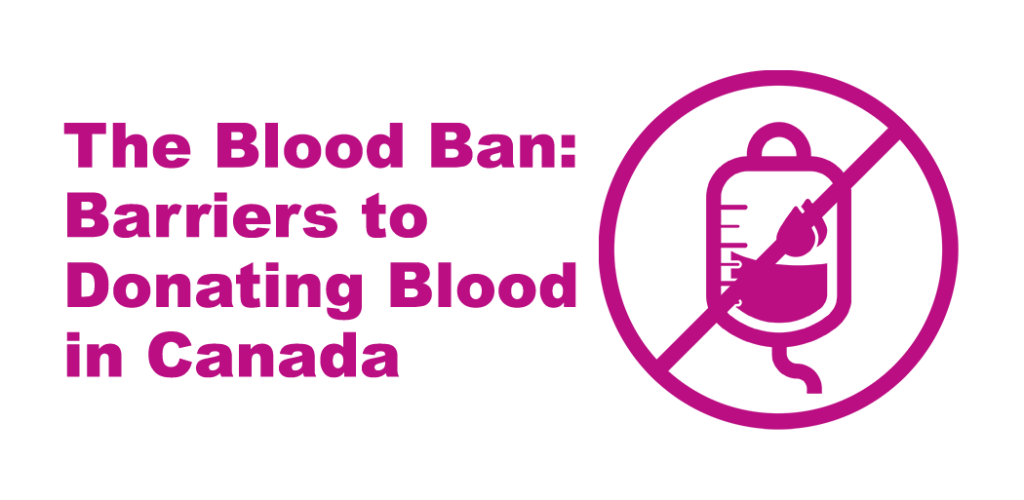
Blood donation has been in the news lately, as Canadian Blood Services are going to be changing some of their requirements around who can and can’t donate blood. In this article we’re going to talk about blood, how blood donation works, HIV/AIDS, and more!
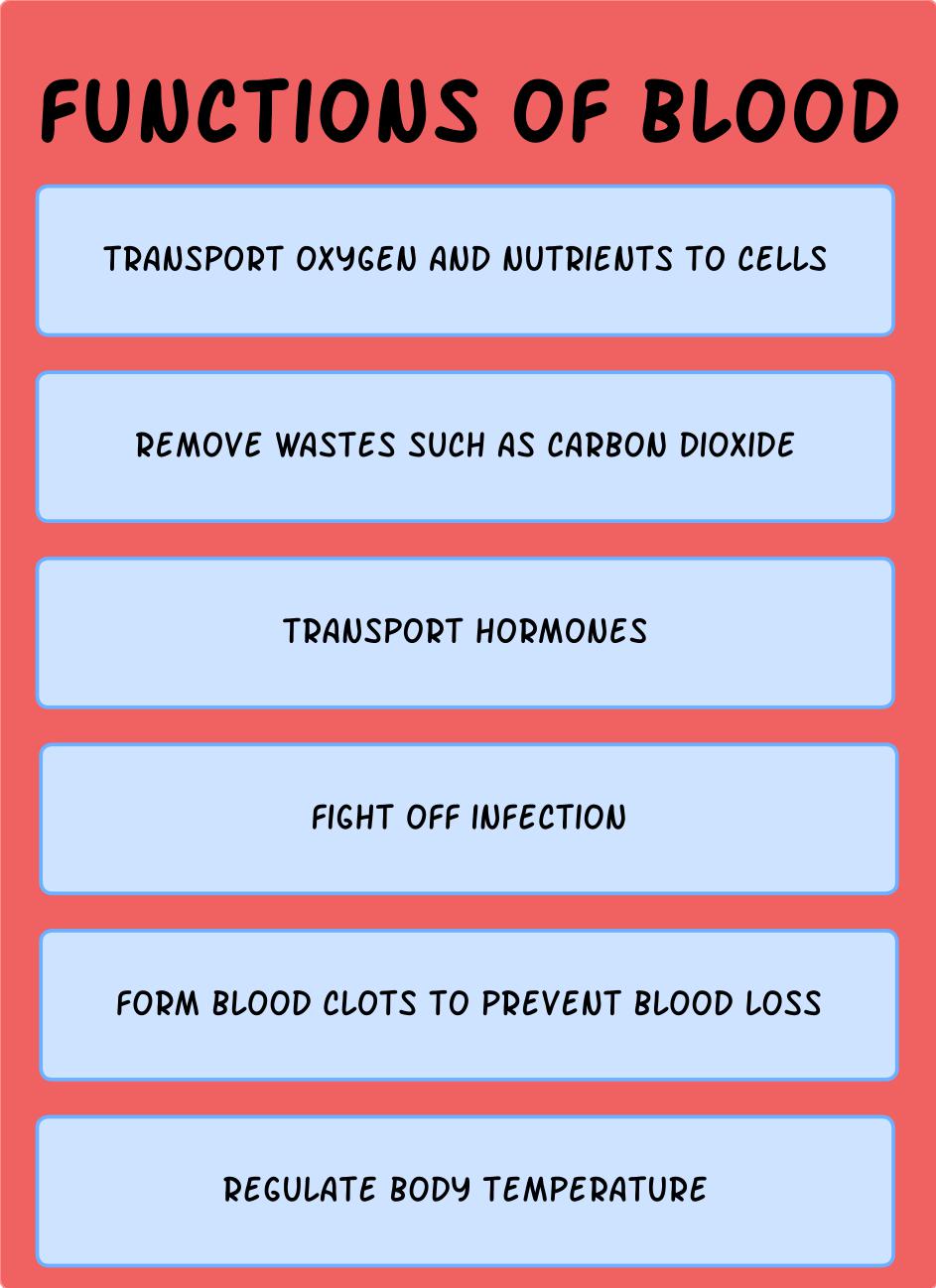 Blood is essential as it performs many functions in our body. Without it we wouldn’t be able to live. Some of the functions that blood has include:
Blood is essential as it performs many functions in our body. Without it we wouldn’t be able to live. Some of the functions that blood has include:
Blood can be separated into different components:
Taken altogether, it is called Whole Blood.
There are different types of blood, and there are two ways that these types are categorized.
Overall, there are 8 types of blood:
Because there are different types of blood, this means that you can only receive certain types of blood during a blood transfusion. When given the wrong/mismatched blood, your immune system recognizes it as foreign material and will destroy it, causing a lot of health issues. Type O blood is universal, meaning it can donate blood to anyone. Type AB is a universal receiver, meaning it can receive blood from anyone. Cross matching is a test done during blood transfusions to determine whether a donor’s blood can be safely given to a recipient.
A blood transfusion is a procedure where a person receives blood donated from another person. Recipients may need a blood transfusion for multiple reasons, including things like:
Blood transfusions cannot happen without blood donors.
Fun Fact: The first successful blood transfusion from a human to human was completed in 1818.
Blood donation is a procedure where a person donates their blood so that it can be given to someone who needs it. In Canada, the Canadian Blood Services is the organization responsible for conducting blood donations.
Typically 450 mL of blood is collected during a donation. Before the donation, there is a pre-screening process which involves some questions and a small physical assessment such as measuring pulse and blood pressure. The actual process involves a sterile needle being inserted into a vein, and blood being collected into a plastic bag. The donated blood is then tested and screened to ensure it is safe to be given to another person.
In order to be able to donate blood, there are certain eligibility criteria you need to meet. For example, in Canada, you must be at least 17 years of age and weigh at least 110 lb. Other eligibility criteria involve things like certain health conditions, tattoos, and being pregnant. Until recently, one eligibility criteria was not accepting blood donations from men who have sex with men (MSM).
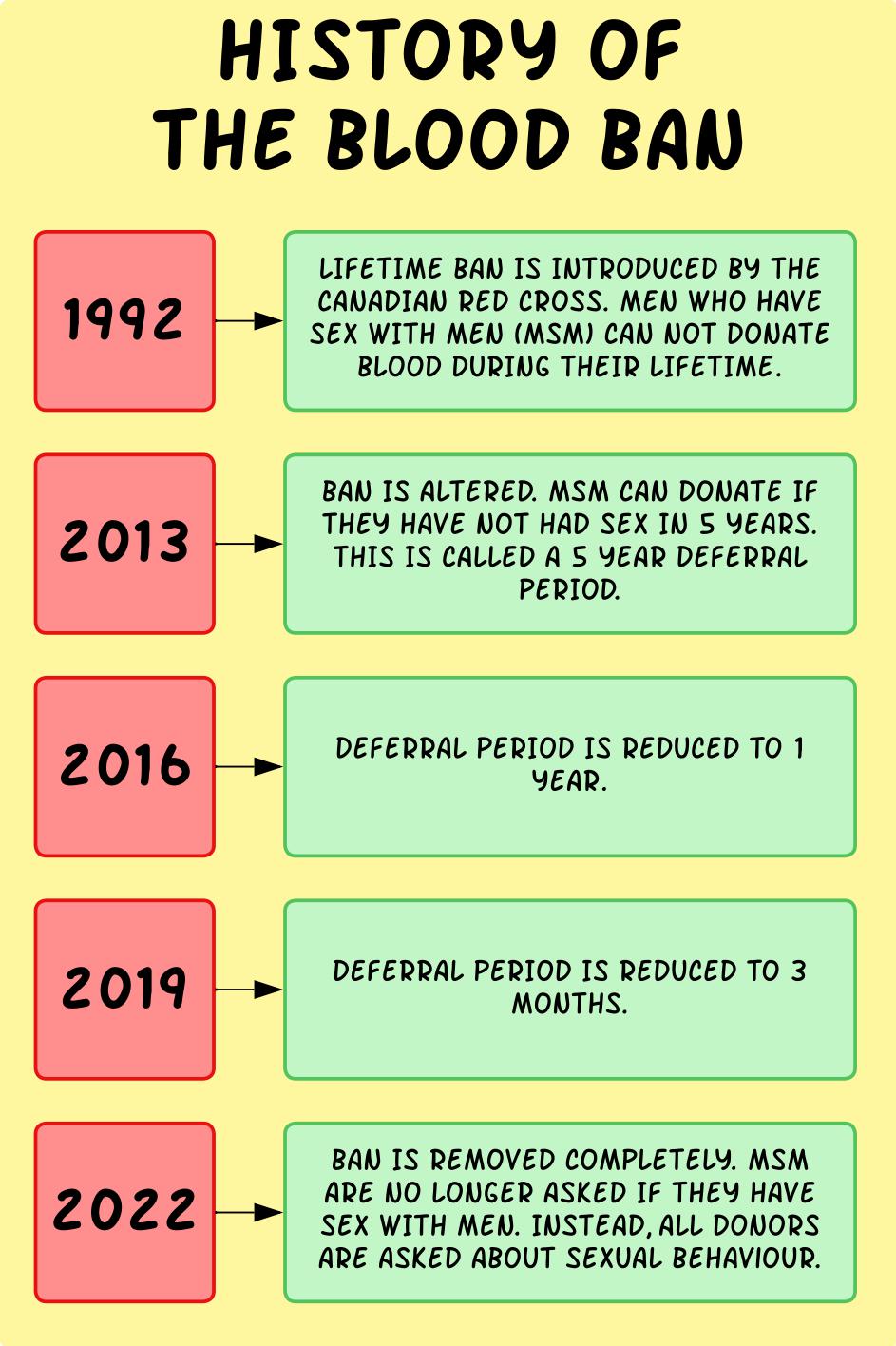 The AIDS epidemic has had and continues to have a significant impact on blood donations.
The AIDS epidemic has had and continues to have a significant impact on blood donations.
HIV (Human immunodeficiency virus) is a virus that attacks the immune system, and, when not treated, can lead to AIDS (auto immunodeficiency syndrome). AIDS is a chronic condition and there is currently no cure for it. The AIDS epidemic emerged in the 1980’s, when AIDS cases were increasing at a very quick rate. You can read more about it in our article A Quick History of HIV Treatment.
If a person tests positive for HIV or AIDS, they are not able to donate blood.
The Tainted Blood Scandal refers to a public health crisis that occurred in 1985. It involved ~2000 Canadians being infected with HIV and ~30,000 people being infected with Hepatitis C because of receiving contaminated blood products collected by the Canadian Red Cross.
There are many reasons that contributed to this event, one being that the Canadian Red Cross did not properly test the blood they collected. Testing for AIDS and hepatitis C were either delayed or not done at all because of the associated high costs. Additionally, the Canadian Red Cross obtained their blood donations from organizations that lacked proper screening practices.
Because of this scandal, in 1992 the Canadian Red Cross (which later became Canadian Blood Services) created a lifetime ban that prevented MSM from donating blood. It was altered in 2013, so that MSM who did not have sex with men for at least 5 years could donate blood. Eventually this period of time changed to 12 months and then to 3 months.
In 2022, Canadian Blood Services announced that they will implement the following new changes during the blood donation process in September of 2022:
These screening questions are being asked regardless of the donors gender or sexual orientation.
For decades, many have advocated for this ban to be lifted, as it was a discriminatory policy that was not backed up with scientific evidence. The blood ban was wrong because it supports the idea that the public would face dangerous health issues if they received donated blood from MSM. Moreover, it is harmful to ban donors based on identity categories instead of specific activities. This is because a person’s identity does not cause one’s risk of getting AIDS, but specific behaviours that can potentially increase that risk, such as having anal sex. Relying on sexuality as a means of determining who can donate their blood to others, enforces stigma and discrimination towards MSM. The removal of the blood ban, and implementing a behaviour focused screening makes the blood donation process more equitable and inclusive.
It is also important to note that issues in the blood donation process are not limited to MSM. For example, the Canadian Red Cross also once asked for Haitians to not donate blood. This was due to the belief that being from Haiti was a risk factor for getting AIDS, but this is not true.
Transgender people also face barriers during the blood donation process. As of now in Canada, trans people who haven’t undergone lower genital gender affirming surgery are asked questions during the screening process that are based on the sex assigned to them at birth. This is a harmful action that makes the blood donation process difficult and unfair for trans people. This will change in September of 2022, when new criteria will be implemented alongside the removal of the blood ban on MSM. Transgender individuals will no longer be asked if they have had lower genital gender affirming surgery. Another ongoing issue is the inability of non-binary donors to register as non-binary, they are required to register in a binary, meaning having to register as either male or female. This is another practice that contributes to the barriers present in blood donations towards marginalized communities.
Overall, blood donations in Canada still have a long way to go in becoming a more fair and unbiased process.
If you have questions about this topic, feel free to contact one of our peer educators. [Link]
Last Updated: May 2022
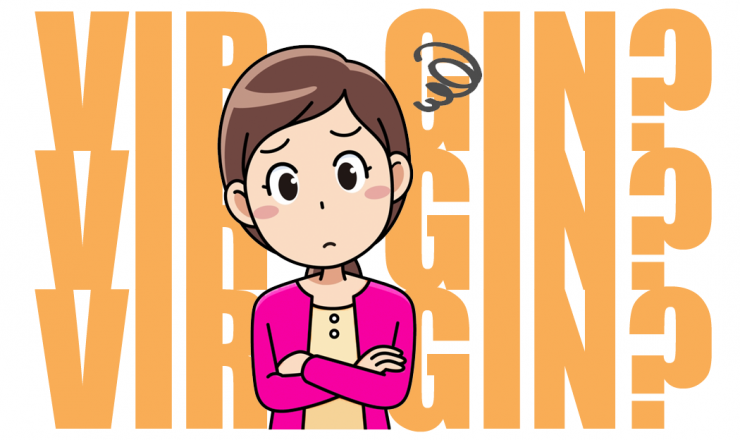
When or if you lose your virginity is supposed to be a totally personal choice, but that doesn’t mean it’s always an easy one! This post will go over some ideas and strategies to help you stay true to your decision to stay a virgin.
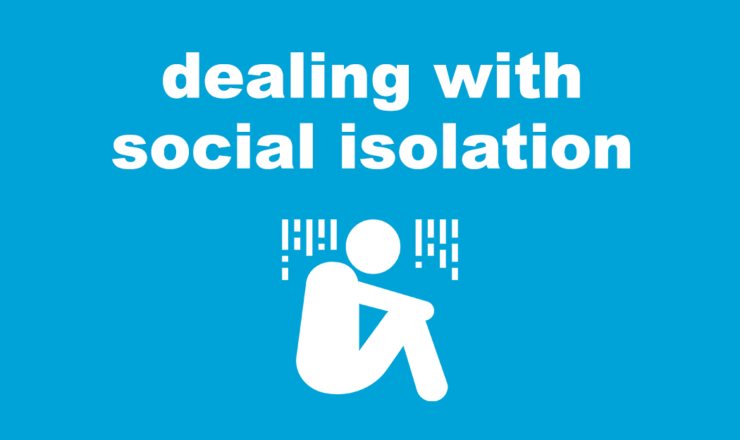
Social isolation has been around a long time, and takes on a number of different forms. In this article we go over some things you might consider trying if you (or someone you know) is trying to break the cycle of social isolation.
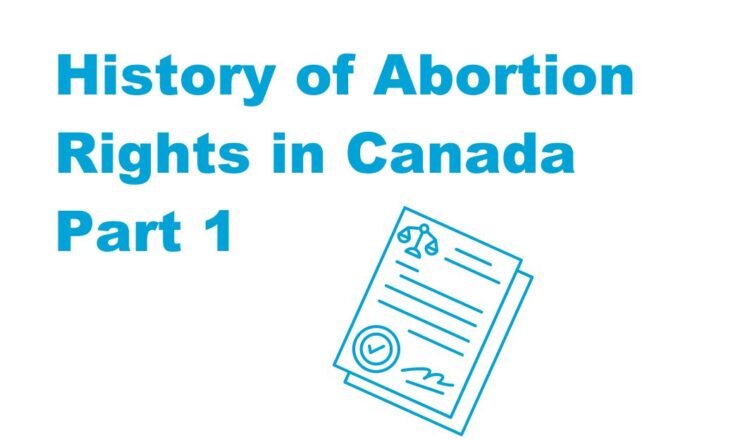
The history of abortion rights is complex, with a lot of passionate activists fighting for change. This article details some of the bigger events that got us to where we are today!